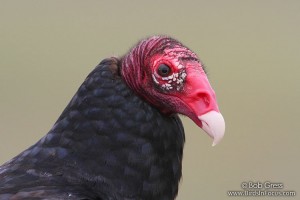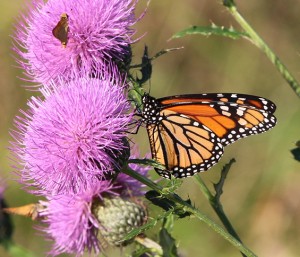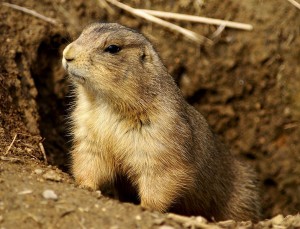Honeybee (Apis mellifera)
Honeybee (Apis mellifera) carrying nectar to the hive with pollen attached. Photo Credit: Muhammad_Mahdi_Karim http://www.flickr.com/photos/34328743@N03/
The western honeybee was introduced to North America from Europe although it originated in eastern Africa. There are only seven species of true honeybees from among the 20,000 known species of bees. Their agricultural importance as a pollinator of fruits & vegetables ($10 billion dollars annually) is difficult to overestimate even aside from their production of a quarter of a billion dollars worth of honey annually. Therefore their dramatic population decline over recent years is alarming. The causes of this decline have been traced to several factors including: destruction of wild bee habitat by agricultural development, the use of certain neuro-active insecticides like the neonicotinoids, and infection by several types of mites.
Additional Resources:
Detailed Information: http://en.wikipedia.org/wiki/Honey_bee
Two Scientific American Blogs:
Close-Ups of Bees Midflight. andHoneybees and Monoculture: Nothing to Dance About.





